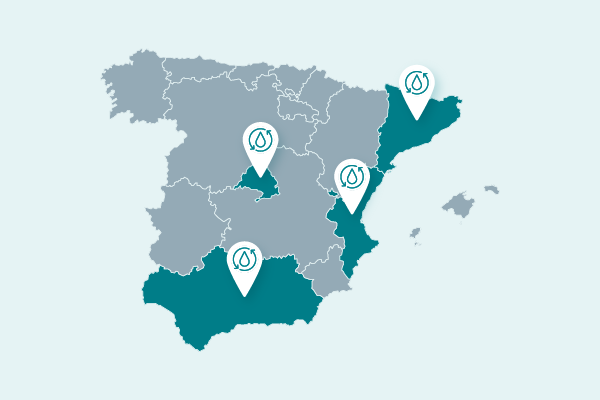
This news has been updapted after the last revision. Check out the current directive insights at the following article: EUROPEAN COMMISSION AND EUROPEAN PARLIAMENT REACH AGREEMENT ON REVISION OF URBAN WASTEWATER TREATMENT DIRECTIVE
The European Commission has taken a significant step in urban wastewater management by publishing a proposal to revise the Directive on urban wastewater treatment. This revision primarily aims to enhance the quality of effluents from Urban Wastewater Treatment Plants (UWWTPs) across the European Union. Among the notable changes are new limits for nutrient concentrations in the effluents of these treatment facilities.
One key change establishes that all UWWTPs treating a load exceeding 100,000 population equivalents and not currently implementing nutrient removal must do so by the end of 2035, with half of them in each country by 2030. This approach seeks to reduce nutrient pollution in receiving water bodies and prevent eutrophication, a problem affecting many European aquatic ecosystems.
Geographic Distribution and Challenges in Spain and Italy
The geographic distribution of UWWTPs requiring upgrades is not uniform, with most of the plants needing improvements located in Southern Europe. This is partly due to previous agreements aimed at preventing eutrophication in the North and Baltic Seas, which has spurred authorities in these regions to accelerate the implementation of nutrient removal infrastructure.
According to the analysis, Spain and Italy will be among the countries requiring more substantial infrastructure updates to meet the new requirements. In Spain, the regions of Andalusia, the Autonomous Community of Madrid, Catalonia, and the Valencian Community account for the majority of the required changes in terms of population equivalents of UWWTPs needing improvements.
Challenges and Opportunities for Europe
The analysis also highlights that approximately half of the UWWTPs requiring additional nutrient removal treatment are relatively smaller plants with a capacity of one to two hundred thousand population equivalents. The other half is distributed among larger plants.
This Directive change takes on even greater significance in light of the challenges posed by climate change. Particularly in Northern Europe, there has been an increase in annual precipitation and a higher frequency of heavy rainfall events. This has led to a concerning phenomenon: runoff collected and transported by combined sewerage systems (CSS) is entering wastewater infrastructure faster and in larger volumes.
LIFE RESEAU
The Life Reseau project is at the forefront of technology in addressing this issue. Its goal is to reduce up to 100% of discharges from combined sewerage systems (CSS) in areas prone to heavy rainfall. To achieve this, the project is developing innovative solutions that will both refurbish and modernize Urban Wastewater Treatment Plants (UWWTPs) and Combined Sewerage Systems (CSS) and provide technological tools for analyzing the effects of runoff and infiltration on infrastructure.



